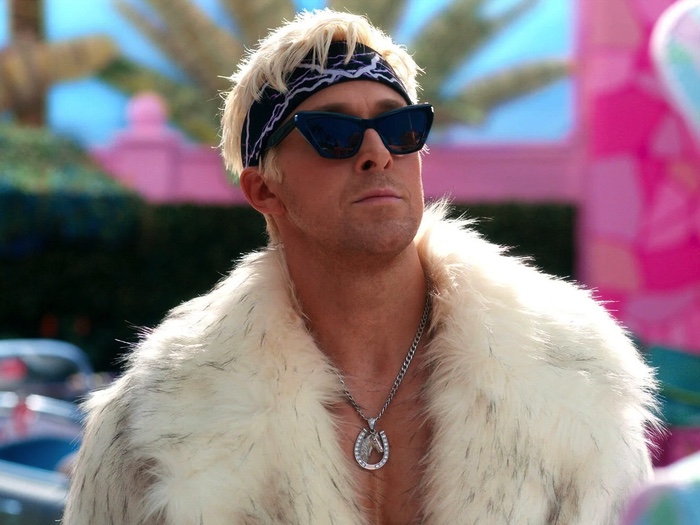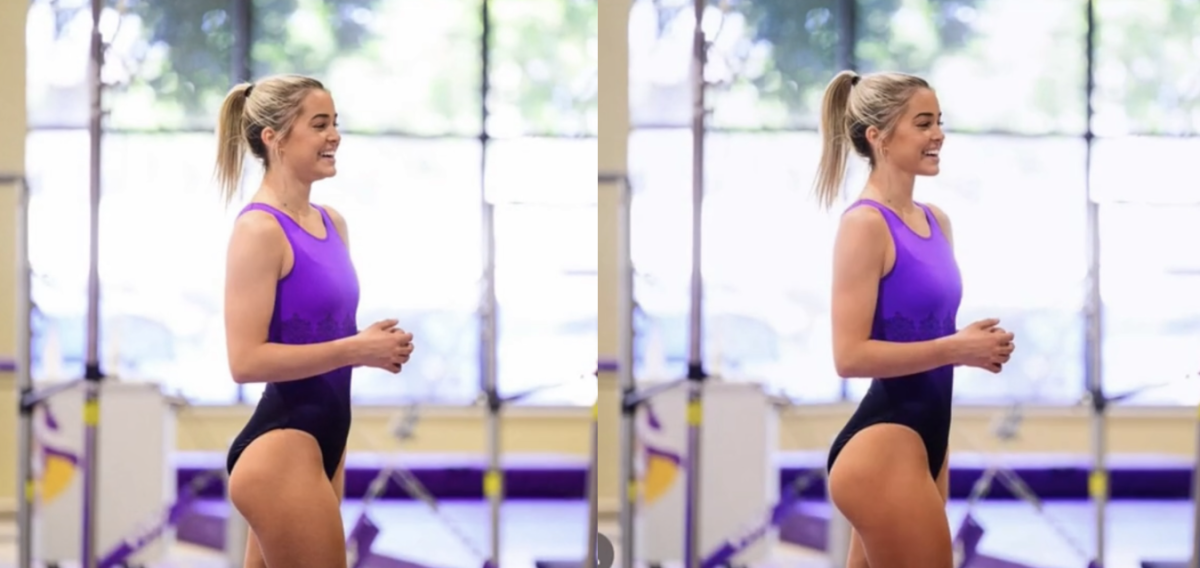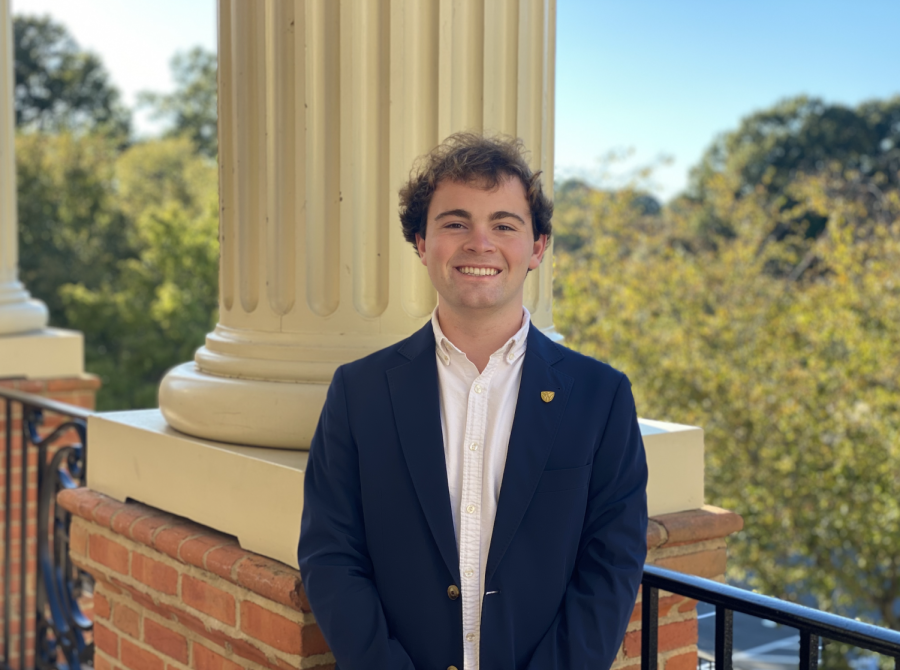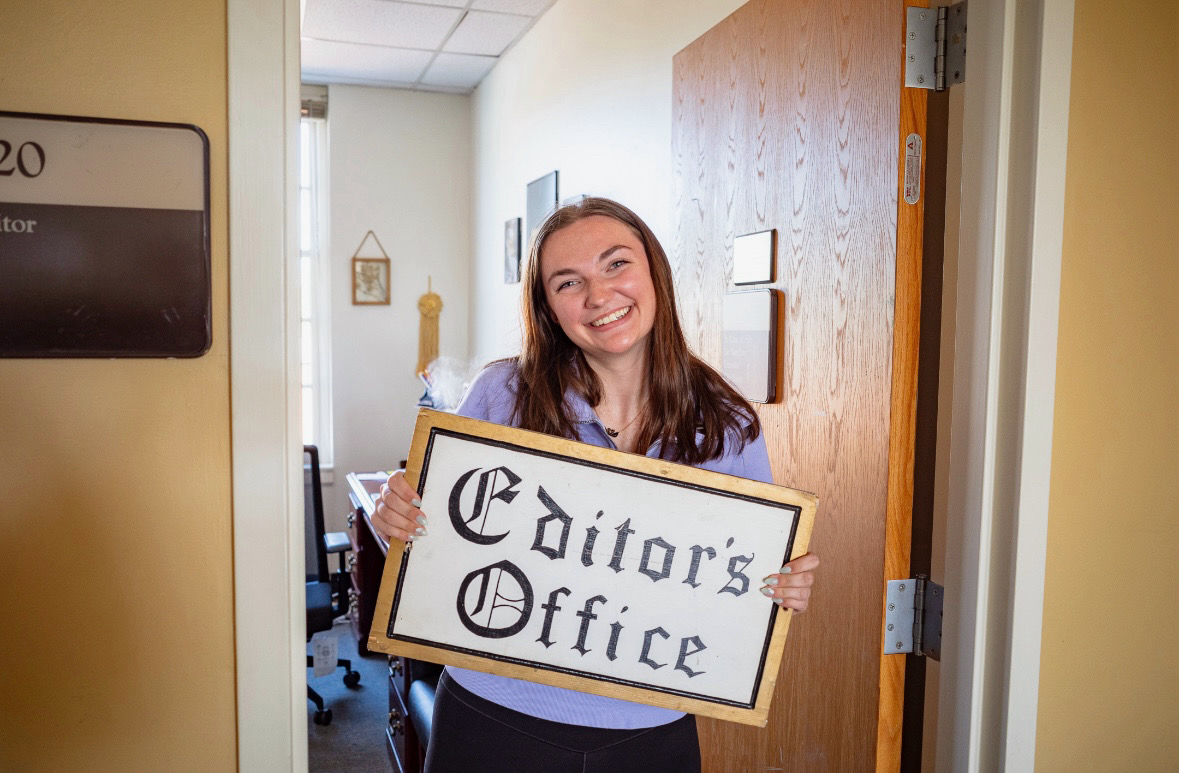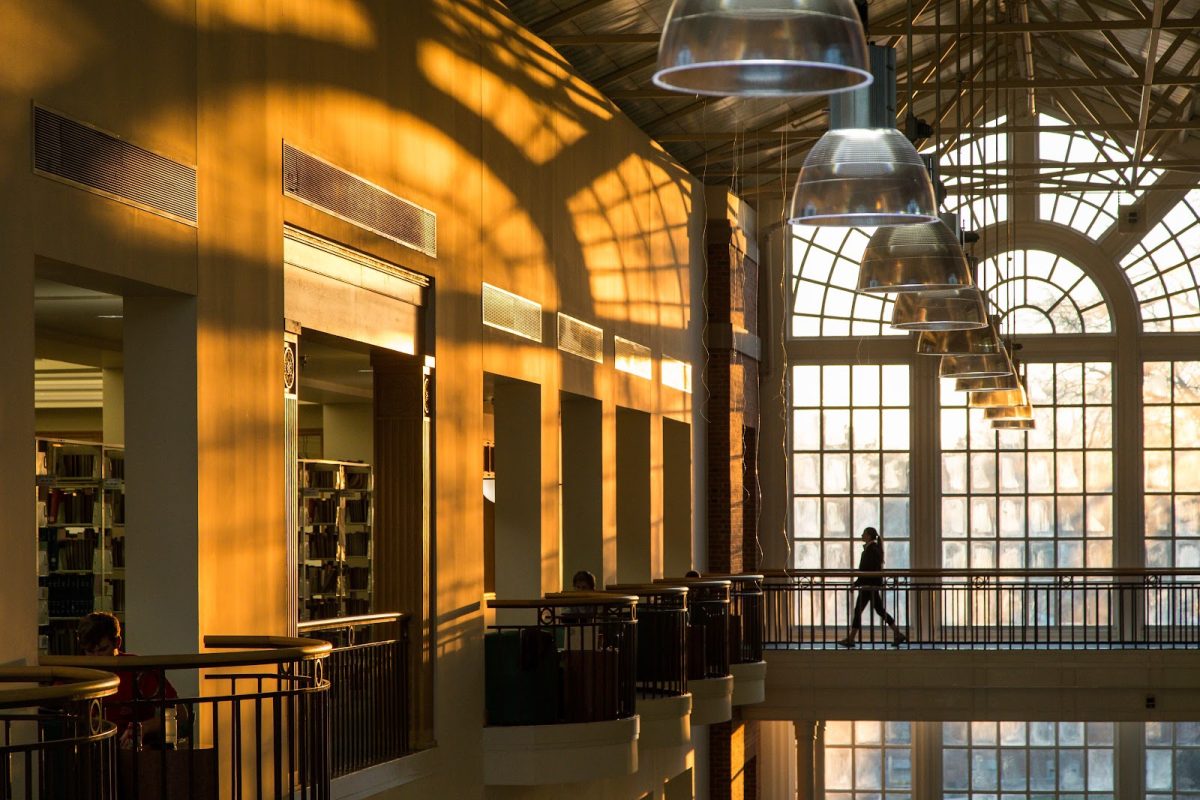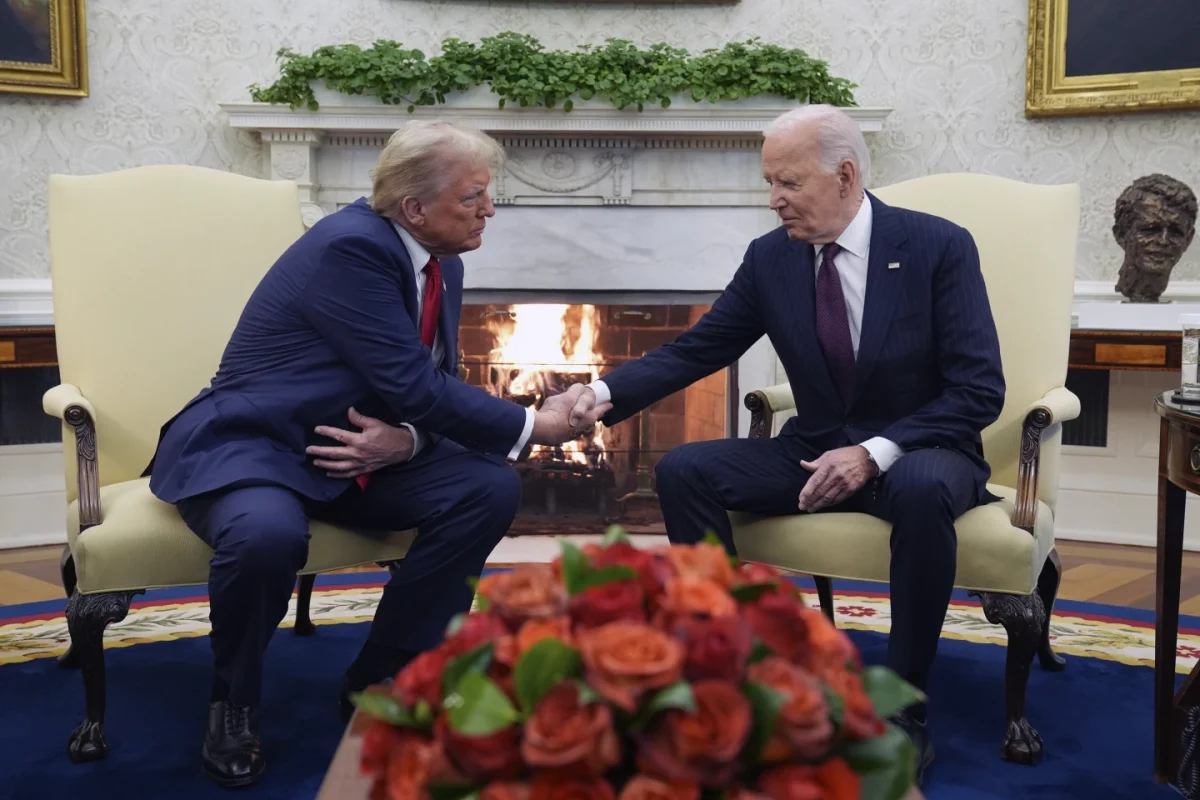The interfaces between circulating imagery and the popular imagination are essential in understanding how conceptions of cultural groups are formed. While the capacity of the photographer to find meaning and order in her chaotic lived reality invests great value in photography as an art form, this very faculty of the photographic practice can cause misrepresentation.
I’ve previously discussed the role of media imagery in perpetuating notions of indigenous primitivity through voyeuristic photographic practices. However, when problematic depictions of native peoples are ingrained in the history of photographic art, reconciling historical importance and narrative injustice can become an exercise in curatorial activism.
Edward Sheppard Curtis began his photography career in 1887, and he quickly found his muse in the Native American. His magnum opus, a massive project titled The North American Indian, can be regarded as one of the most expansive salvage ethnographies in the field of visual anthropology. Curtis introduced the 20-volume collection by declaring that such an expansive project of documentation was immediately necessary in the face of waning native populations “or the opportunity will be lost.”
What came of Curtis’ massive body of work was an impressive catalogue of extremely high-quality images. Curtis employed light and composition in a groundbreaking way, especially considering the equipment at hand in the early 20th century.
However, despite its technical proficiency, Curtis’ work recently has become controversial. Many accuse Curtis of stereotyping the Native American experience. Testimony provides that, in fact, Curtis often staged his photographs to embrace popular idealizations of Native American life.
Furthermore, much of Curtis’ work depicts objects, especially baskets. The absence of humans in much of his photography perpetuated the “vanishing race” narrative he overtly peddled and reduced his subjects to essentially an “arts and crafts” culture. Anthropologist Harald E.L. Prins surmised that Curtis’ imagery conforms to these notions by “appealing to his society’s infatuation with romantic primitivism.”
But while many criticize his work, many stand by it, attesting to its monumental role in preserving Native American culture.
George P. Horse Capture, formerly a curator at the Plains Indian Museum, even criticizes criticism of Curtis’ work: “several Indian individuals have viewed Curtis and his works critically, remarking that the images continue to stereotype. To me, such comments say more about the critics than about the photographer.”
I viewed an assortment of Curtis’ photography in exhibition at the de Long Museum in San Francisco over the summer. The signage acknowledged Curtis’ technical mastery and simultaneously engaged extensively with the criticism surrounding the work. Each photograph the museum displayed was accompanied by the testimonies of those Curtis encountered during his ethnographic survey, as well as perspectives from contemporary Native American people regarding the problematic nature of the work.
This, to me, is the standard to which museums should seek to address problematic art. The curatorial staff fully embraced the work’s criticism so much as to make it a central facet of the exhibit, yielding a beautifully complex narrative concerning the role and influence of photography and the differing perspectives through which art can be understood.
The work of Edward Sheppard Curtis underscores the extent to which imagery is fundamental in constructing the way we understand culture; it’s a portrayal of dignity and humanity at its best, or an objectification and stereotype at its worst. Some works may even manage to achieve both.



